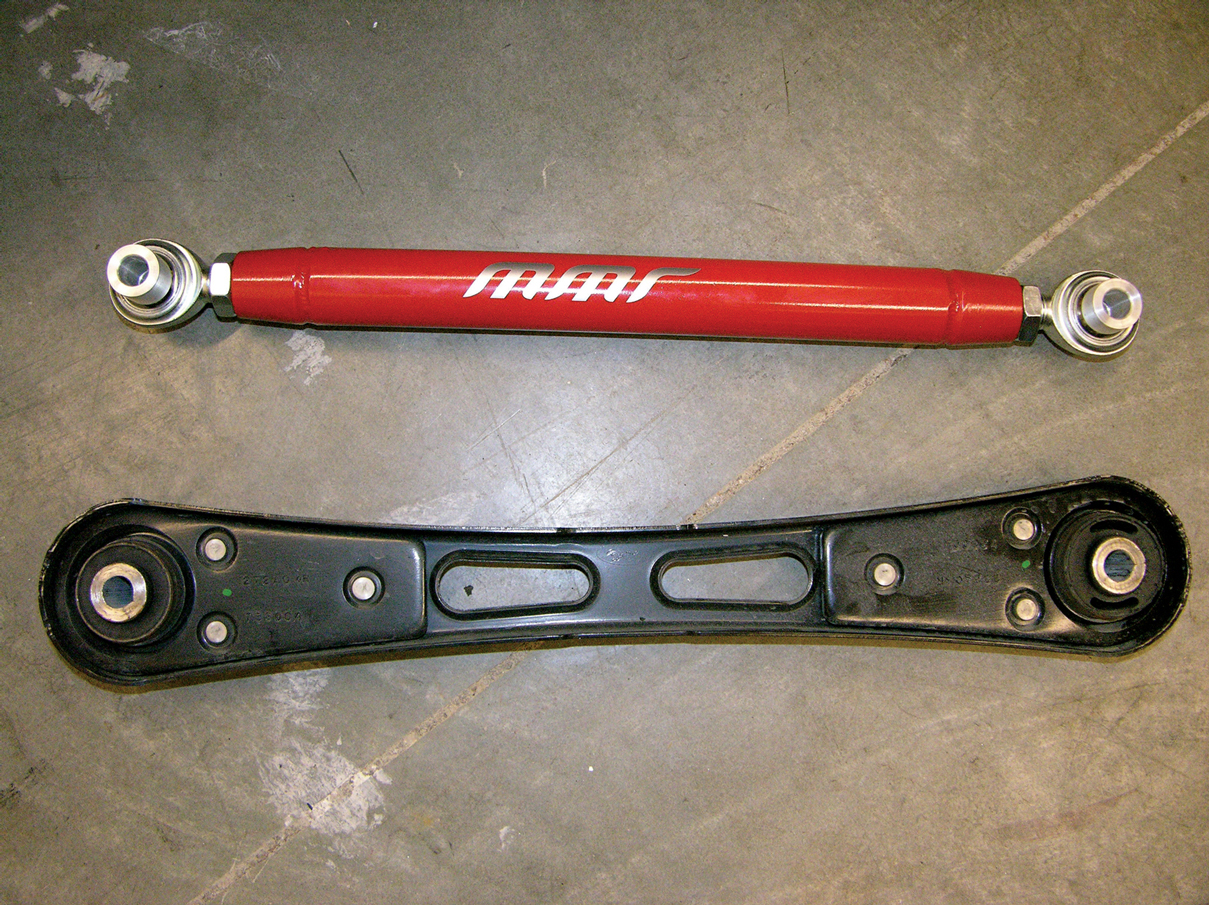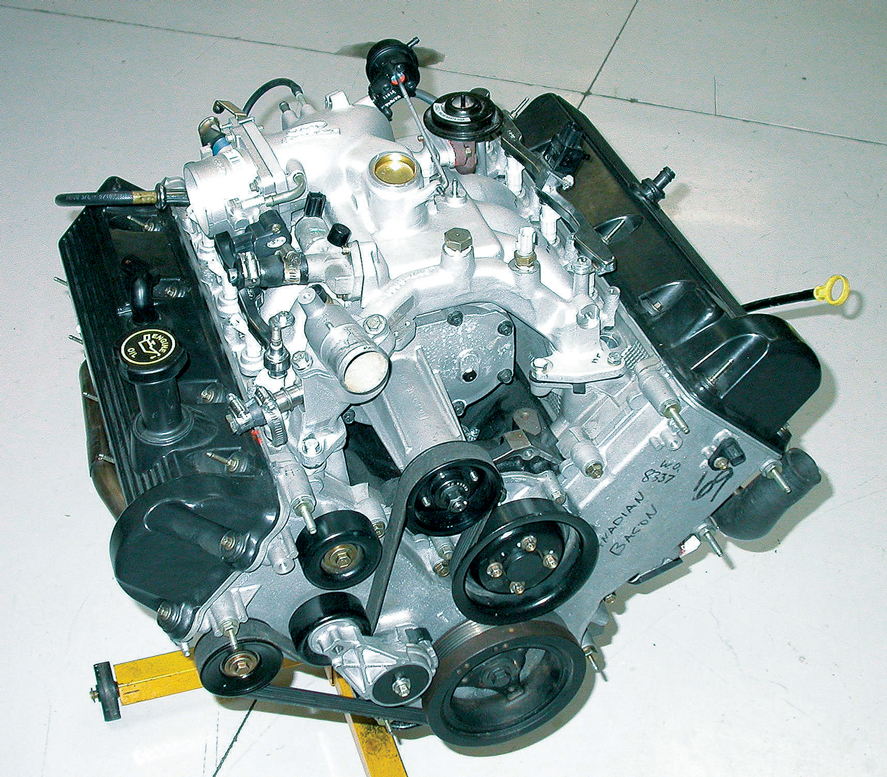Late Model

When Chevrolet introduced the LS engine, many clever and effective innovations were incorporated to simplify operations and reduce engine weight and overall dimensions. An integral part of these new technologies was a compact serpentine belt system designed from the start to lower frictional losses, which in turn improved belt strength and longevity.

Replacing the rear suspension arms is something of a Mustang tradition, and the S197 platform is no exception. Wheel hop is proving to be something of a problem on these vehicles, and Modular Mustang Racing has the solution in the form of new lower rear control arms for the ’05 Mustang.

Producing horsepower requires two major ingredients, namely, air and fuel. Of course, the two must be supplied in the correct proportions and at the proper time; but improving power is a simple matter of adding airflow. Naturally, additional fuel will be required once the airflow is improved, but the first item on the horsepower priority list should always be more airflow.

The world is full of minor inconveniences, and changing transmission fluid is one of them. The job doesn’t need to be complicated, but on some cars it is. When we find the accountant who decided that our 4R70W transmission didn’t need a drain plug, we’re going to intentionally put him on duty at a quick-change oil and lube facility. What were they thinking?

Even more than 40 years ago, Ford understood the importance of preventing body flex in order to allow a suspension to maintain proper geometry. The earliest Mustangs came with front shock tower braces to prevent uncontrollable suspension articulation, caused when both upper ends of the shock towers flex inward. The need to prevent such flex is still important today, and the principle applies to the rear shock towers as well as to the fronts.

When you go looking to make huge power from your 5.0-liter Ford, the limiting factor will always be the weakest link in the chain. In the case of our supercharged 331 stroker buildup, the weakest link turned out to be the production block. Like most enthusiasts, we had no budget for a DART racing block or even a Ford Racing Sportsman block, but we decided to tempt fate nonetheless and go for a big power number on the dyno. Considering that the stock fuel-injected 5.0-liter was rated at a measly 225 hp, even a 300hp buildup would offer a welcome change in performance.

While the small-block Chevy is the popular engine choice for many enthusiasts, many are now relying on a Blue Oval heart for their performance bodies. With its link to Ford, the original body manufacturer for many of the classic cars we see today, the small-block Windsor-style Ford engine offers several advantages. When compared to Chevy, the lack of firewall clearance for a number of Chevy engine swaps is due to the rear distributor position of the engine. The front-mount distributor position is the more logical place to drive the distributor and the oil pump. Not to mention, it’s much more convenient.

One of the most misunderstood performance components on any engine has to be the camshaft, or camshafts in the case of our overhead-cam 4.6-liter Ford engine. The difficulty is only compounded when you add forced induction to the mix. From an anatomical standpoint, the camshaft can be likened to the brain, as the cam profile determines how effectively (when and where) breathing takes place.

After seeing several ʼ05 Mustangs fitted with StopTech brakes on display at various shows, we made it a point to talk with them about the system they have designed for this car. The result was an impromptu testing session at the California Speedway in Fontana. As it turns out, just because the company had developed a kit that fit the Mustang didnʼt mean they were finished—not by a long shot.

If you are towing your rig with a ’99-’06 General Motors truck, or a Chevy or GMC vehicle, there’s a good chance you have experienced a strange clunking noise when making slow turns. The clunking noise seems to originate from within the steering column, and some owners can actually feel a small vibration in conjunction with the clunking. If you have encountered this problem, it’s not your imagination, as there appears to be a unique conundrum associated with Chevy and GMC pickups, and their corresponding SUVs.







